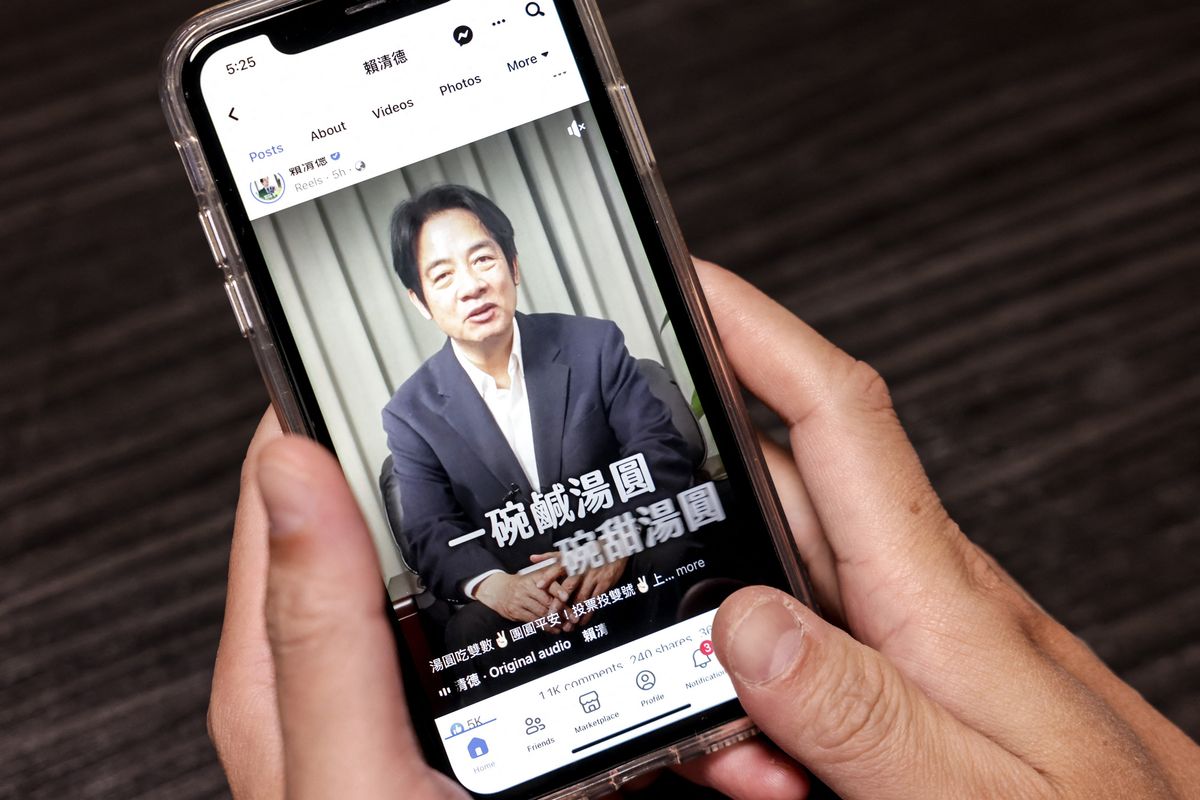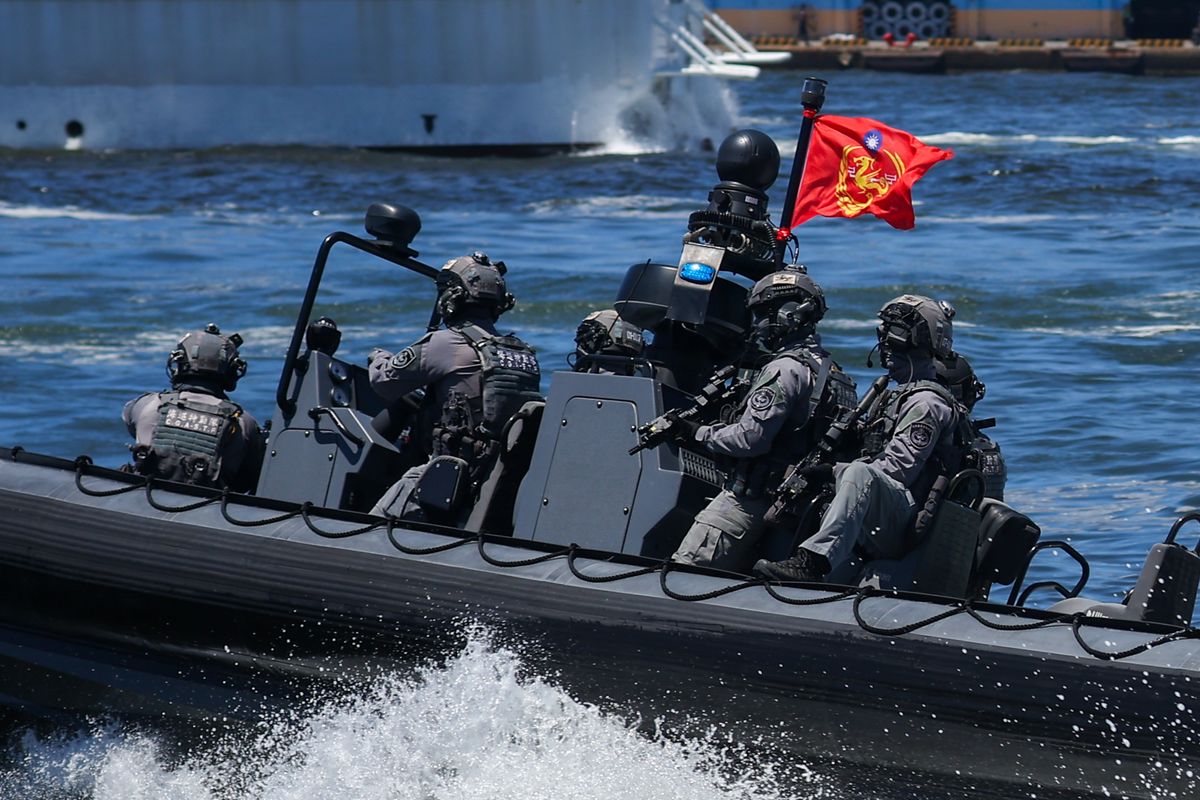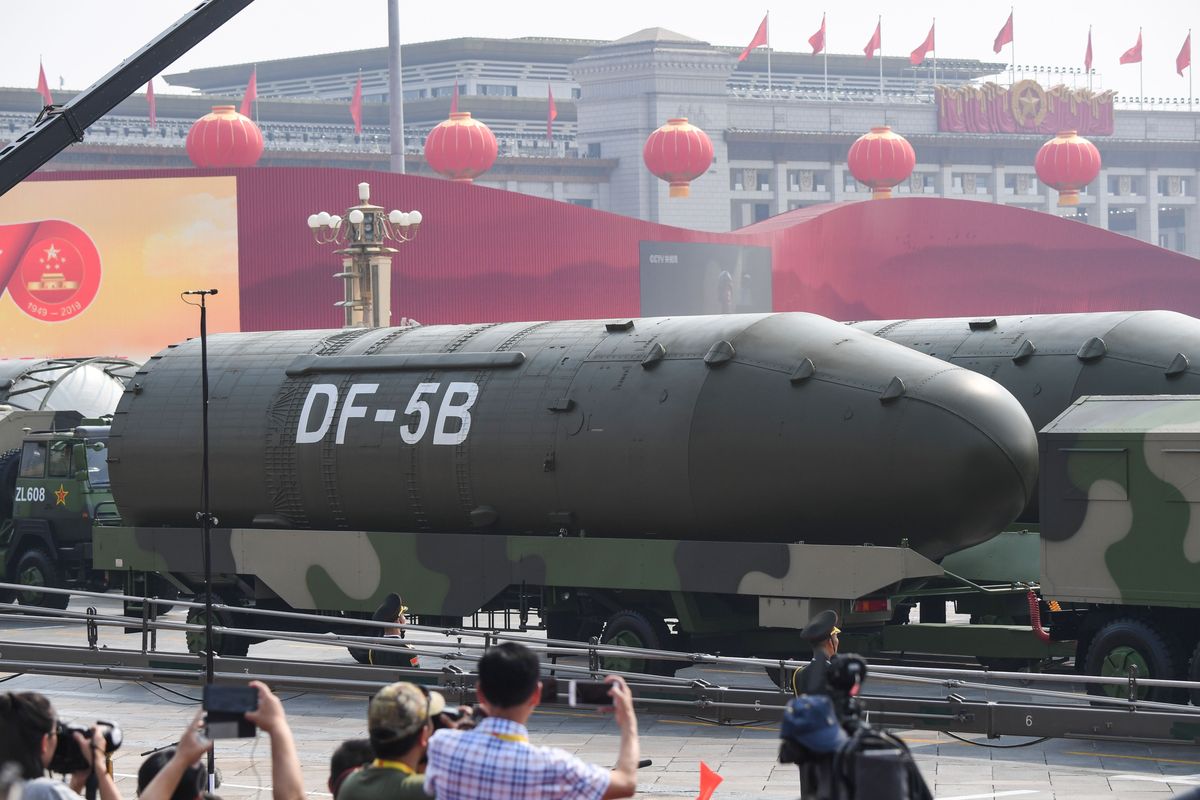ACADEMIC INCUBATOR — Since its launch in 2013, China’s Belt and Road Initiative (BRI) has secured a central position in China’s foreign policy with the promise of China-funded infrastructure. Western attention to China’s infrastructure financing has grown into worry, primarily regarding the strategic implications of China’s cross-border infrastructure projects. However, the Chinese government rarely provides insight into its infrastructure financing, which spurs competing theories and debates regarding the true nature of China’s funding agenda.
The Cipher Brief’s Academic Incubator Program partners with national security-focused programs from colleges and Universities across the country to share insights from the next generation of national security leaders. The views expressed are those of the authors.
It has been asserted that China designs its infrastructure projects so that “countries [become] ensnared in a debt trap that leaves them vulnerable to China’s influence.” This oft-cited “debt-trap diplomacy” theory claims China intentionally saddles states with risky investments and debt to eventually exploit the states’ distress for political gain. Others, however, argue this theory exaggerates China’s malicious intent. As professors Deborah Brautigam and Meg Rithmire point out in an article published in The Atlantic, risky investments and failed projects may be one step in the learning process, rather than the product of predatory lending.
Recipient Governments and Chinese State-Owned Enterprises as Strategic Actors
Current debate around China’s infrastructure projects largely ignores two important actors: recipient governments and Chinese state-owned enterprises (SOEs). Some argue that recipient governments have significant control over the projects financed by China, framing China’s cross-border infrastructure projects as primarily recipient-led, not Chinese-led. They found projects in Sri Lanka and Malaysia were conceptualized and proposed by recipient governments, not Chinese national strategists.
Furthermore, recipients often exercise the right to suspend, review, and cancel projects, or demand the renegotiation of their terms, as Malaysia did with the East Coast Rail Link (ECRL) project. Pakistan has dropped projects, such as the Gadani Coal Power Plant, from the China-Pakistan Economic Corridor (CPEC) portfolio due to commercial infeasibility and denied other projects when China’s desired terms were unacceptable. Thus, the host countries control what financing to seek or accept from China.
The second important actor is China’s SOEs. Many assume SOEs’ state-owned status translates into full Chinese government authority over their behavior, including investment failures or malpractices. While SOEs are formally regulated by the State-owned Assets Supervision and Administration Commission (SASAC) and the National Development and Reform Commission (NDRC), these agencies struggle with exerting influence due to SOEs’ high-profile Communist Party executives. SOEs often wield the power to stall or abandon projects if they are unable to secure their desired profits. In the politically sensitive CPEC, for instance, a proposed power plant in Jhelum was abandoned by a Chinese SOE when Pakistan refused to grant the firm its desired electrical tariff rate. This demonstrates the ability of recipient governments to reject Chinese terms and the profit-seeking nature of Chinese SOEs.
Further, Chinese SOEs are often independent actors in China’s overseas infrastructure financing and they lobby both host countries and the Chinese government. In many cases, SOEs prod foreign governments to seek investment projects from China, touting the companies’ state-owned status will afford host countries an easy tendering process. In other words, Chinese SOEs can take the initiative, and the Chinese government cannot always mandate SOEs to seek government-defined interests in such projects. As a result, SOE and Chinese government interests may at times conflict—Beijing is primarily concerned with advancing economic and political goals while SOEs care about their economic self-interests.
Hambantota Port Case Study
The Hambantota Port, a commercial shipping harbor in Sri Lanka, embodies the roles that China, Chinese SOEs, and recipient governments play in cross-border infrastructure projects. Observers often highlight port construction projects as part of China’s strategic design to promote their naval force. In fact, the debt-trap diplomacy argument originated in part from the study of Hambantota. If China is imposing projects in pursuit of its grand strategy, this should be apparent in key port projects such as Hambantota.
Despite multiple reports over the years deeming the Hambantota project economically infeasible, the Mahinda Rajapaksa administration decided to embark on the project when a 2006 study supported its potential viability. The project was primarily driven by domestic politics in response to perceived domestic needs. Some observers contend the project was intended to boost the administration’s reelection efforts and bolster national security amid a civil war.
The China Harbour Engineering Company (CHEC), an SOE’s subsidiary, used its reputation in Sri Lanka to propose a larger version of the original Hambantota Port plan, pitching Hambantota as a major international port. Originally, Sri Lanka planned to provide bunkering services for shipping traffic and/or expand its fishing port; after CHEC’s lobbying, the final plan included multiple terminals and support for trans-shipment handling. CHEC acted as a profit-seeker by promoting a “bloated” project, which already faced legitimate concerns regarding its economic feasibility. Additionally, when Sri Lanka was deciding between China’s funding offer and less expensive alternatives, CHEC reportedly persuaded the government to accept China’s offer, despite the higher cost.
By 2016, Sri Lanka was experiencing a debt crisis fueled by excessive foreign borrowing, leading the government to lease Hambantota Port to strengthen its foreign exchange reserves. Sri Lanka could not find firms to lease the port, and China refused to renegotiate the loans for fear that preferential treatment would spark similar demands from other countries. Presumably, China recommended China Merchants Port Holdings Company (CMPort) to lease the port.
Sri Lanka and CMPort formed two joint ventures, Hambantota International Port Group (HIPG) and Hambantota International Port Services (HIPS). HIPS administers the port’s user facilities, and HIPG holds the lease to develop and operate the port while Sri Lanka Ports Authority maintains ownership of the Hambantota Port asset.
The transaction reveals this was not a “debt relief for asset” swap as outside observers often claim. Sri Lanka’s debt crisis was made by poor domestic economic management, not by China. At the time, less than 10% of Sri Lanka’s debt was owed to China. The decision to lease Hambantota Port was made by the Sri Lankan government in response to its financial crisis, and its debt to China was not forgiven as a result of the lease.
Conclusions
The Hambantota Port case demonstrates China’s cross-border infrastructure projects are best understood as a three-way negotiation between Beijing, the host country, and relevant SOEs, in which recipient governments and SOEs operate as strategic actors. Most notably, recipient governments are often responsible for proposing infrastructure projects to China, although SOEs may also lobby China and the recipient government. Additionally, these projects typically respond to a perceived domestic need. Chinese SOEs, on the other hand, were shown to be opportunistic profit-seekers, leveraging their connections to support their economic interests by promoting and expanding the breadth of proposed projects for the sake of increased earnings.
These findings indicate that China forcing unsustainable projects on recipient countries is not accurate. The Hambantota Port is the classic case study of the debt-trap diplomacy argument; however, closely examining the project illuminates the central roles of Chinese SOEs and the recipient government. The failure of this project is best explained as the result of the recipient country’s political decisions, domestic conditions, and profiteering of Chinese SOEs, rather than the intentional design of the Chinese government. It is imperative to recognize that China’s cross-border infrastructure projects are not monolithic. Viewing China-funded projects universally through the prism of “debt-trap diplomacy” will hinder effective responses and a nuanced understanding of Chinese economic statecraft.
This research is supported by the Office of Naval Research (ONR), U.S. Department of Defense, under Minerva Program grant number N00014-19-1-24
Find out how your University’s national security program can join The Cipher Brief as an Academic Incubator partner.
Read more expert-driven national security insights, perspective and analysis in The Cipher Brief













